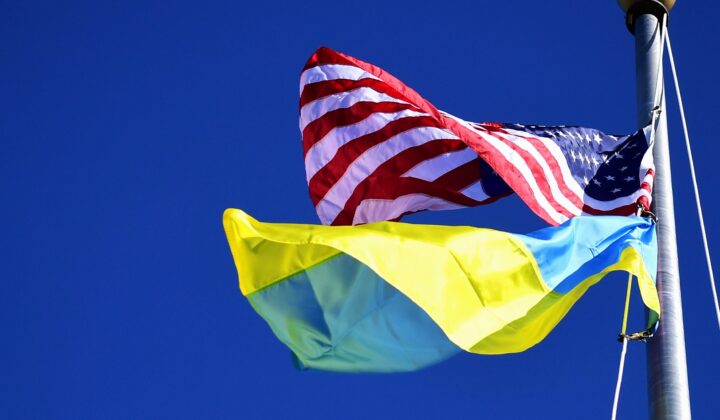As we discussed in a previous newsletter, there was a coup in Myanmar on February 1 after the military’s political party lost a national election in a landslide. The military arrested Daw Aung San Suu Kyi, Myanmar’s de facto leader, as well as many of her allies. She has been spuriously charged with illegally importing walkie-talkies and just recently with violating COVID-19 restrictions. The nation’s army chief has declared a one-year state of emergency.
This week, the military shut down the internet for three consecutive days, from Sunday to Tuesday, while possibly preparing to install a China-esque total internet firewall. On Tuesday, the UN’s special rapporteur on human rights in Myanmar, Tom Andrews, issued a dire warning that the military is now mobilizing light infantry and armored vehicles in Yangon, the nation’s largest city in an attempt to crush––perhaps violently––the growing democracy demonstrations.
This is just the latest episode in a long history of the military undermining any semblance of democracy in Myanmar, which includes coups in 1962 and 1990.
1. How have the people of Myanmar responded to the coup?
The people of Myanmar responded in dramatic fashion. Starting on February 2, workers across Myanmar began a nationwide “Civil Disobedience Movement,” walking off their jobs to bring the country’s economy and government to a sudden halt. Fully three-quarters of the nation’s civil servants––750,000 workers––participated in the labor strike. Healthcare workers shut down hospitals. The entire Ministry of Welfare has resigned. Activists called for boycotts of military-run businesses and corporations, like the once popular Myanmar Beer brand.
As mentioned, to maintain order, the military has cracked down on Myanmar’s popular resistance. They have arrested more than 350politicians and democracy activists without court authority. Intelligence units have raided private homes in the dark of night.
However, the people of Myanmar have remained resolute. For more than ten days, hundreds of thousands have marched in peaceful demonstrations across the country in defiance of the military coup and in support of Suu Kyi. When the military shut down Facebook, use of private messaging apps spiked 6,700 percent. When the military shut down the whole internet, citizens released red balloons––the color of the detained National League for Democracy Party––in solidarity. Individuals banged pots and pans to demonstrate loud and widespread support for democracy. To protect protesters from military convoys, citizens parked their cars in city streets and flipped the hoods up, clogging traffic under the guise of fixing engine problems.
Wednesday, February 17th, saw some of the largest pro-democracy protests in Myanmar’s history. Protesters believe that they can bring down the economy, and thus the regime.
2. How can the free world support Myanmar’s citizens?
Whether or not this popular resistance movement will work depends at least somewhat on foreign powers. To date, President Biden has issued an executive order enabling his administration to immediately sanction the military leaders responsible for the coup. The sanctions will also prevent the new junta from accessing $1 billion in Myanmar government funds held in the United States, as well as imposing robust export controls. As a former US ambassador to Myanmar recently remarked, it will be imperative for other countries, such as Japan, India, and Singapore, with “more skin in the game, more leverage, or at least better relationships with the key players” to respond as well. Given Myanmar’s strategic importance to these countries, this doesn’t seem likely, though it is notable that Japanese lawmakers have asked their government to impose sanctions against the junta’s leaders.
The United States must work with and pressure its allies to support the people of Myanmar.





